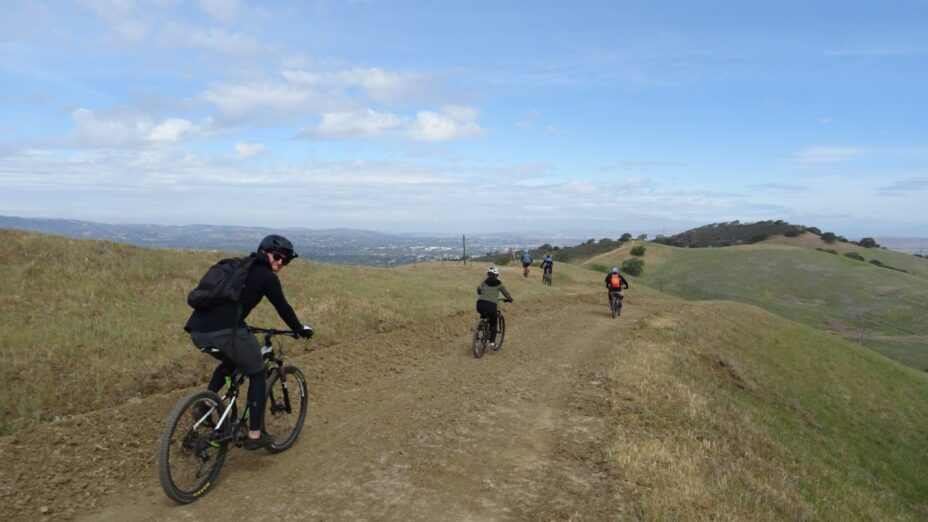
Can mountain bikers exist alongside hikers in peace? If mountain bikers follow the tips in this article, then yes, it’s possible! Read on.
The Case for Mountain Biking
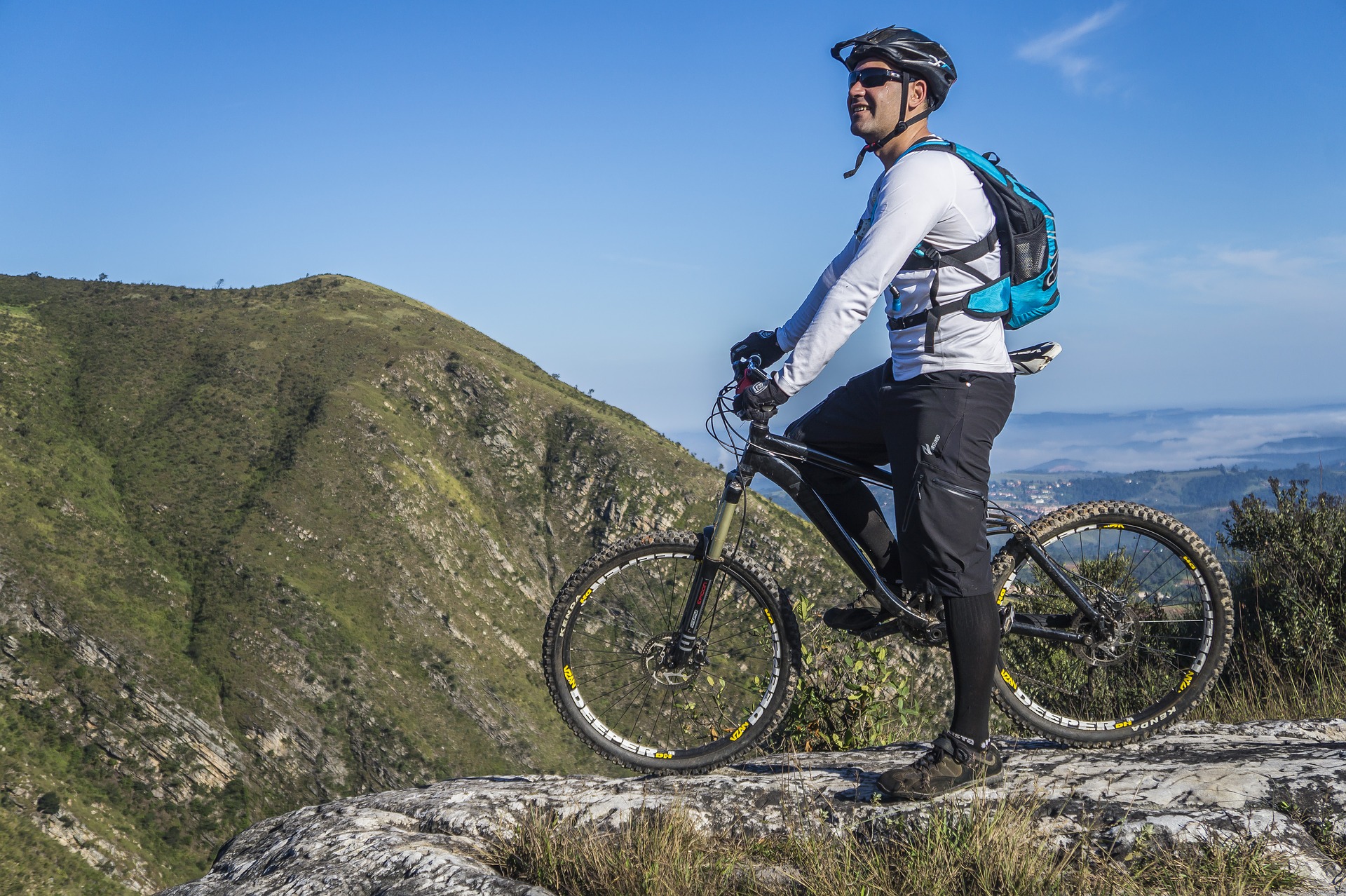
Mountain biking is an awesome way to engage with nature. We can see an incredible amount of land within a much shorter period of time.
Riding a bike gives us a different way of interacting with the environment that helps us gain appreciation for things that would have gone unnoticed. And when we appreciate nature, it strengthens our relationship with it.
Mountain biking also allows for greater inclusivity in the outdoors. Biking allows people who have knee, joint, or other physical limitations to reach places they would have not otherwise been able to.
The Rise of Mountain Biking
Mountain biking didn’t start to become popular until the 1990s, and in more recent years, it’s become extremely popular. Nationwide sales of mountain bikes rose between 100 and 500 percent in 2020 compared to that time in 2019.
Some research suggests that mountain biking doesn’t create more impacts than hiking (Nelson 2006, Gary 2004). The bottom line is that mountain biking is a safe and responsible way to engage with the outdoors if done responsibly.
How to Mountain Bike As a Conservationist
1. Don’t Modify Trails
Although bike parks exist, most parks are not bike parks. It goes without saying that it’s never OK to start modifying trails (digging out holes to build jumps or flow tracks, beveling turns, making new trails, and so forth).
Stay on the designated trails and ride them as they were designed. If places that are more technically challenging are desirable, check out Crockett Hills or Rockville.
Building jumps is a good way to get biking banned.
2. Follow the Signs: Stay on the Right Trail
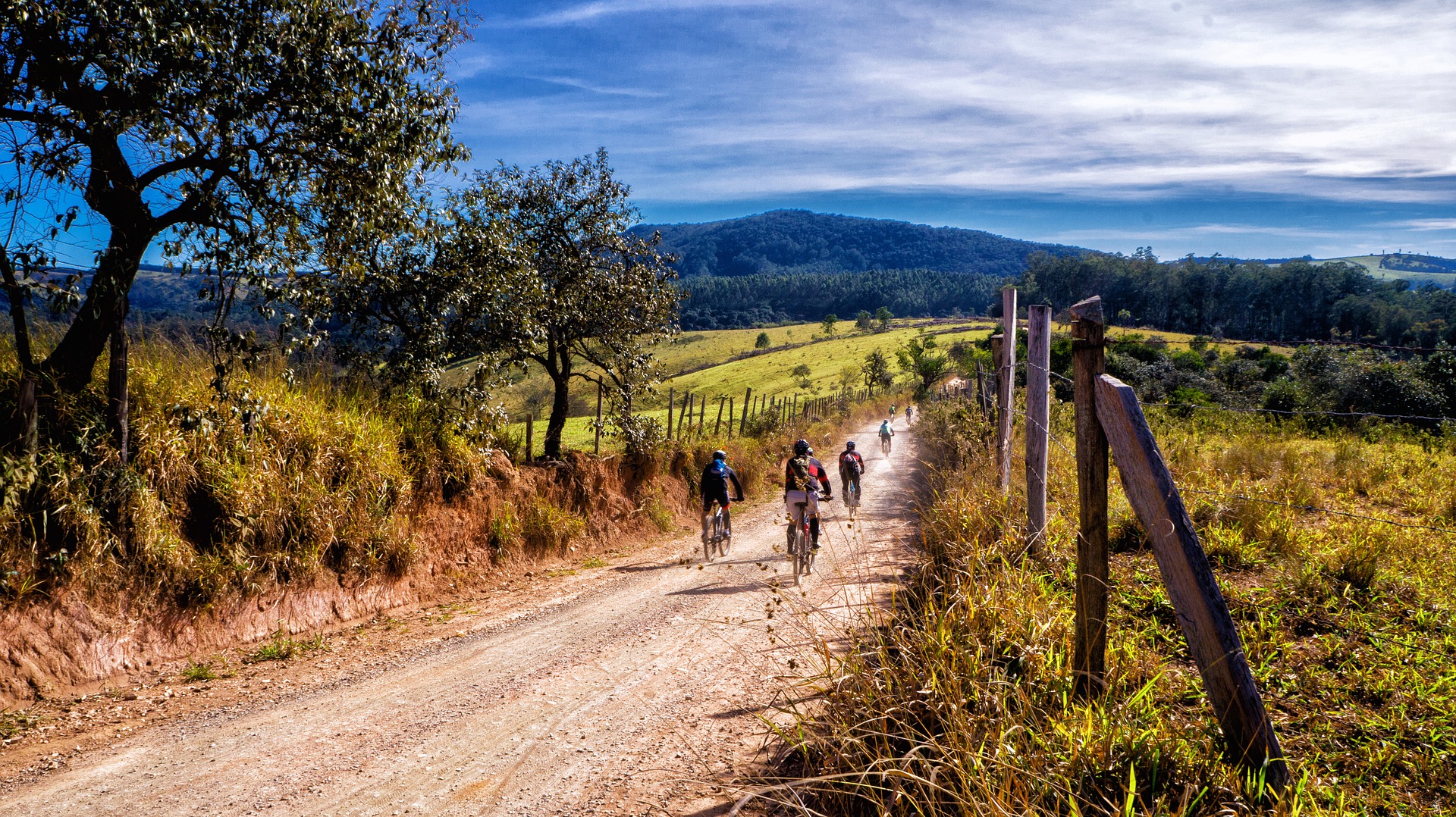
On Mount Diablo, as with many parks, it is prohibited to ride a bike on most single-track trails for various reasons. From a nature conservation point of view, for example, keeping bikes off single-track trails helps to reduce erosion.
Hikers can make tighter turns on single trails, so a hairpin turn on a single-track trail is no problem for a hiker. A bike, on the other hand, needs more space, especially when going at a faster speed. Frequent cornering expands the trail, turning single tracks closer to being fire roads.
Also, on dense hard-to-see single-track trails where mountain biking is banned, it is easy to see why having a mountain biker moving toward a hiker who’s wearing headphones or doesn’t hear well could lead to disaster.
3. Slow Down and Call Out

A typical yield sign. Photo by Richard Masoner / CC BY-SA
One of the major sources of tension between hikers and mountain bikers is the claim that bikes degrade the hiking experience. It goes without saying that no one wants a bike narrowly grazing them at fast speeds.
In a perfect world, everyone would be more aware. Hikers would be more aware of bikes and be ready to move to the side, but let’s face it—we don’t live in a perfect world. It is unrealistic to suggest a hiker should be watching and waiting for bikes from the moment they step onto the trail to when they finish.
Ultimately, it is up to bikers to take a stronger initiative to be more aware and call out. Because of the nature of mountain biking, bikers are already more aware. It’s a higher-stakes activity than hiking—if our focus drifts, we could wipe out. When we see hikers ahead, we shouldn’t assume they see or hear us.
When going around a turn, assume someone could be around the corner. Slow down when passing.
4. Control Speed
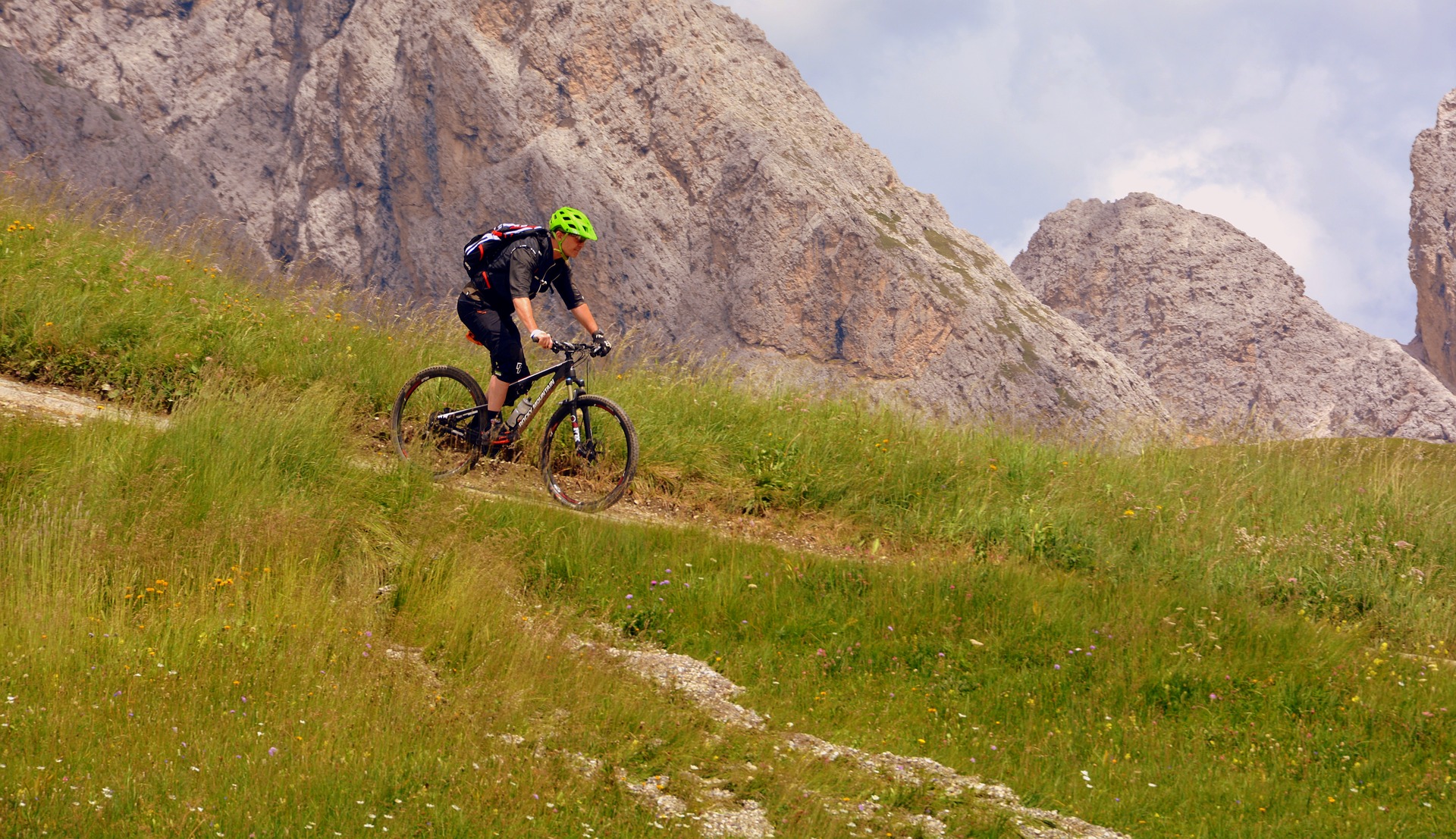
Many parks actually have a speed limit for bikes. Unlike driving on the road, there are no sneaky speed traps. It’s on us to ride responsibly.
Since Strava introduced record times for trail segments, more cyclists have gotten into accidents trying to claim records. For our safety and that of others, it is important to keep in control and stay within our limits.
If we ride too fast, we will also more likely inadvertently injure our precious native flora and fauna.
We All Love the Outdoors

Getting ready to ride. Photo by Dave Hammond
Whether we hike, trail run, bike, climb, or ride on horseback, it is important to do it as a conservationist—a way that preserves nature. Although we do it in different ways, we enjoy the same trails and spaces. There are more similarities than there are differences. Conserving and restoring trails and natural spaces is something that transcends any one activity.
During this time of the climate crisis and mass species extinction event, it is even more critical that those of us who love to get outdoors come together to better protect our natural world that is under threat.
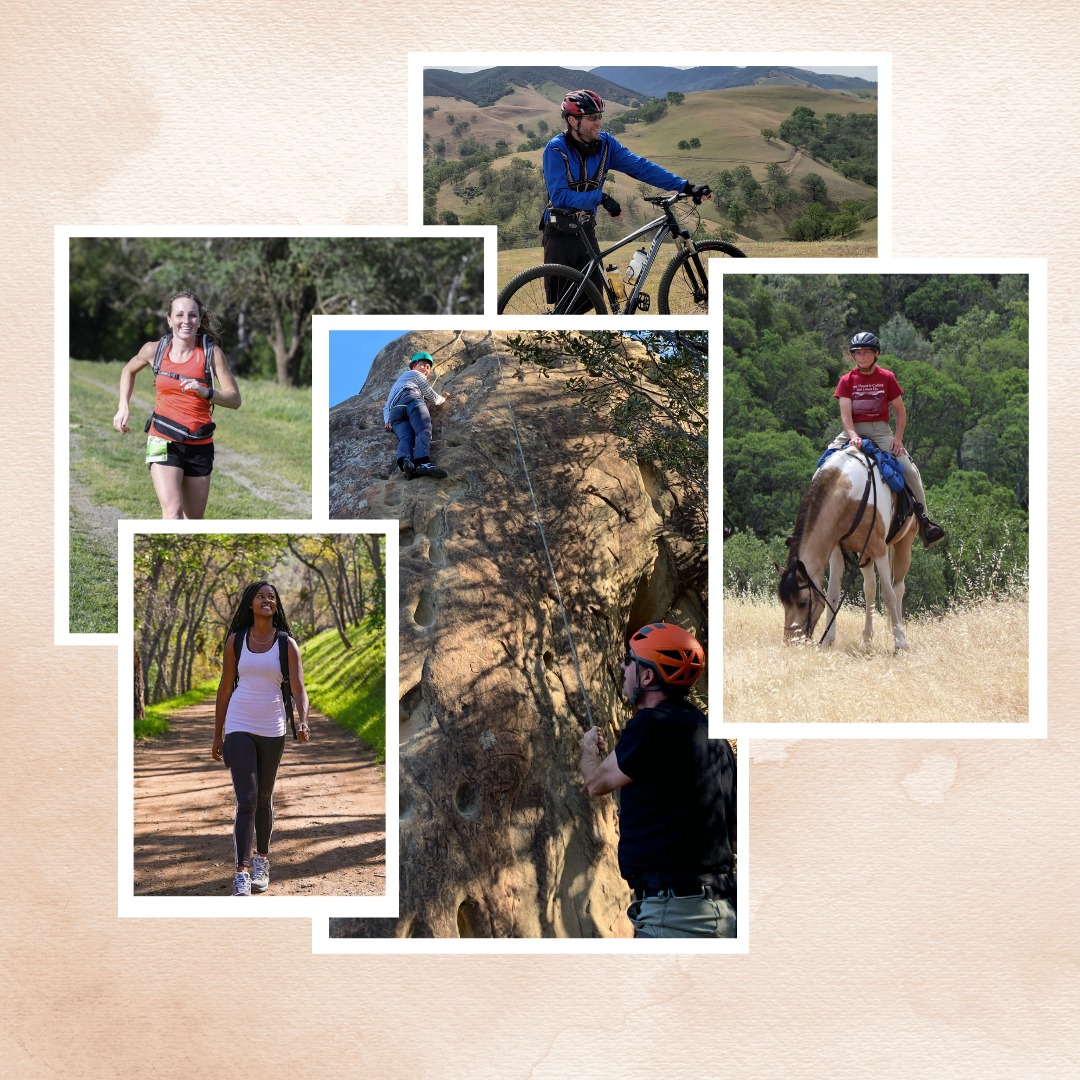
As Rick Ridgeway, member of the “Do Boys” with Yvon Chouinard (founder of Patagonia), Doug Tompkins (founder of the North Face), etc., said: “Still, the heart of it all was the sports, because without the sports we wouldn’t have been in the wild, and without the wild we wouldn’t have fallen in love with the beauty of nature, and without the love of nature we wouldn’t have made the commitment to save nature.”
Become a Save Mount Diablo member today so we can better protect the natural areas we all love! And become a Save Mount Diablo volunteer and help us to restore wild areas or build trails.
Ready to mountain bike as a conservationist? Check out some of our favorite trails!
Top photo by Sean Burke
Collage photos by Scott Hein, Dave Hammond, Laura Kindsvater, Haley Sutton, Chelsea Davis

